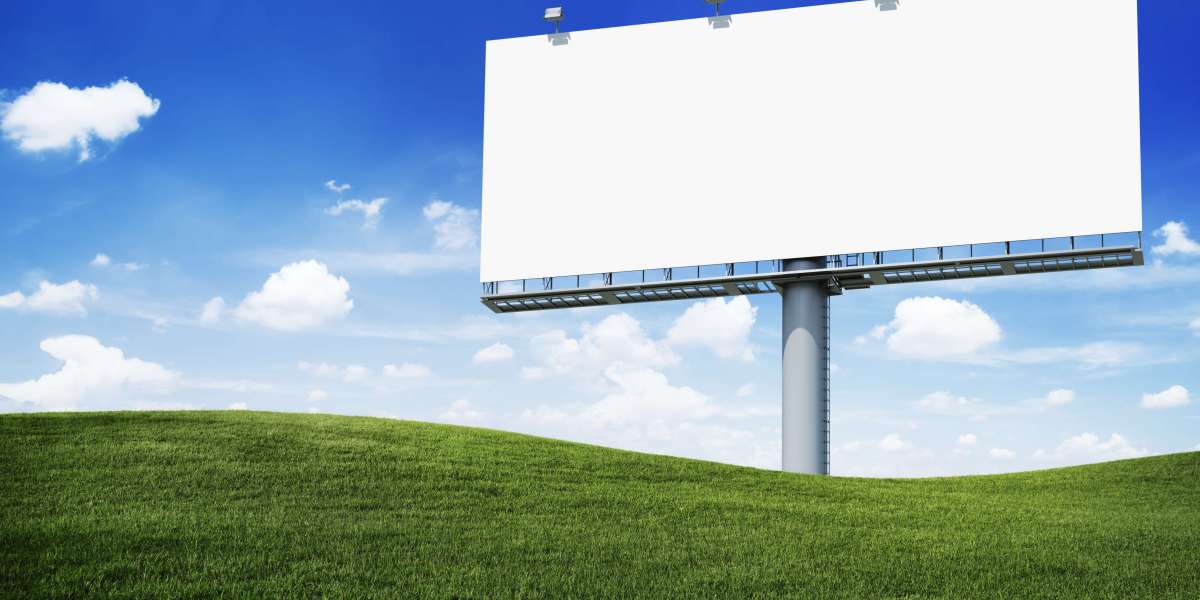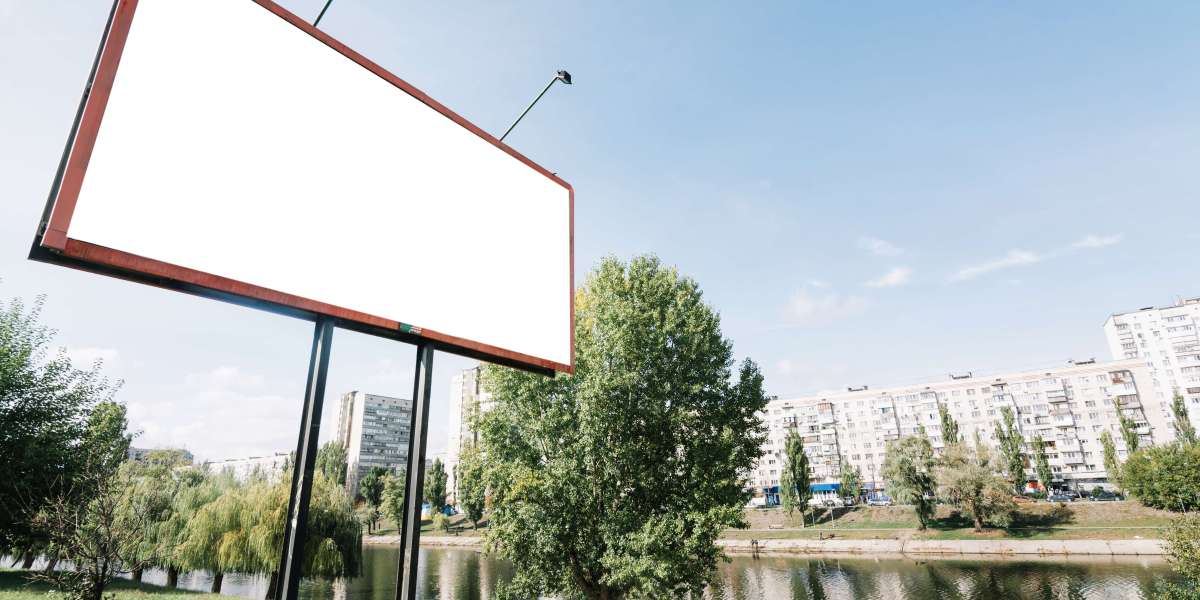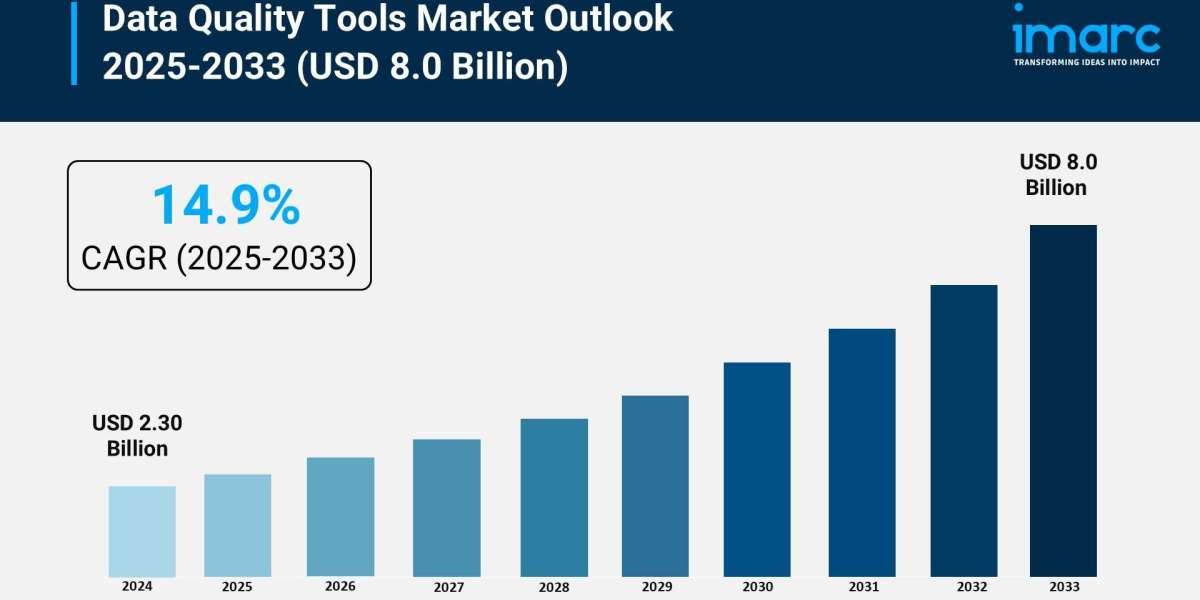1. Sunlight and UV Exposure
The Challenge:
In sunny regions, especially in the Middle East, prolonged UV exposure can:
Fade printed colors
Degrade materials
Reduce visual clarity over time
Design Tips:
Use UV-resistant inks and laminates to maintain vibrancy.
Choose high-contrast colors to stay readable in bright daylight.
Avoid light pastel shades that may wash out under intense sunlight.
Placement Tips:
Opt for north-facing billboards to reduce direct sun exposure.
Choose structures with sun-shielding features or install sun visors.
2. Rain, Humidity, and Water Damage
The Challenge:
In coastal or tropical areas (like Abu Dhabi or Sharjah), moisture can:
Warp paper-based ads
Blur ink
Cause mold or mildew on poorly sealed structures
Design Tips:
Use waterproof materials like vinyl or PVC flex for printed ads.
Incorporate drainage systems in billboard structures.
Avoid design elements that can trap water or moisture.
Placement Tips:
Place ads on elevated or angled surfaces to allow rain runoff.
Avoid low-lying areas prone to flooding or water pooling.
3. Wind and Sandstorms
The Challenge:
In desert climates like Dubai or Al Ain, sandstorms and high winds can:
Tear lightweight materials
Obstruct visibility
Scratch or wear down exposed surfaces
Design Tips:
Use heavy-duty fabrics or metal mesh panels for durability.
Consider minimalist designs with bold fonts for readability in low visibility.
Protect digital screens with dust-proof enclosures.
Placement Tips:
Secure ads on wind-resistant frames or flexible poles.
Avoid open desert roads during sandstorm seasons.
Choose sheltered urban areas where natural windbreaks exist.
4. Temperature Extremes
The Challenge:
UAE summers can exceed 50°C (122°F), which may:
Overheat digital billboards
Melt adhesive components
Shorten equipment lifespan
Design Tips:
Use heat-tolerant LED screens and electronics with proper cooling systems.
Avoid dark colors that absorb excessive heat.
Choose thermally stable materials that won’t warp or peel.
Placement Tips:
Position digital displays in shaded or ventilated locations.
Install active cooling units or passive ventilation behind screens.
5. Fog, Haze, and Reduced Visibility
The Challenge:
Coastal mornings or industrial areas may experience fog or haze, especially in winter months, reducing visibility for both static and digital ads.
Design Tips:
Use bright, high-contrast colors and bold fonts.
Include motion or illumination in digital displays to enhance visibility.
Avoid overly detailed visuals that blur in low visibility.
Placement Tips:
Favor elevated signage above fog layers when possible.
Install backlighting for traditional billboards to improve nighttime and foggy-day readability.
Bonus: Leveraging Weather for Contextual Advertising
Modern Digital Out-of-Home (DOOH) ads can dynamically adjust content based on real-time weather. For example:
Show cold drink ads during heatwaves ?
Promote rain gear when showers are forecasted ?️
Offer sunscreen discounts when UV levels spike ?
This context-driven messaging increases relevance and boosts engagement.
Conclusion: Weather Isn’t a Barrier—It’s a Factor
Ignoring weather in your outdoor advertising strategy can compromise design quality, campaign effectiveness, and ROI. But when understood and integrated correctly, weather becomes a creative and technical advantage.
Whether you’re running a campaign in sunny Dubai, coastal Ras Al Khaimah, or mountainous Fujairah, always factor in the elements. Because the best OOH ads aren’t just seen—they’re built to withstand and adapt to the world around them.



